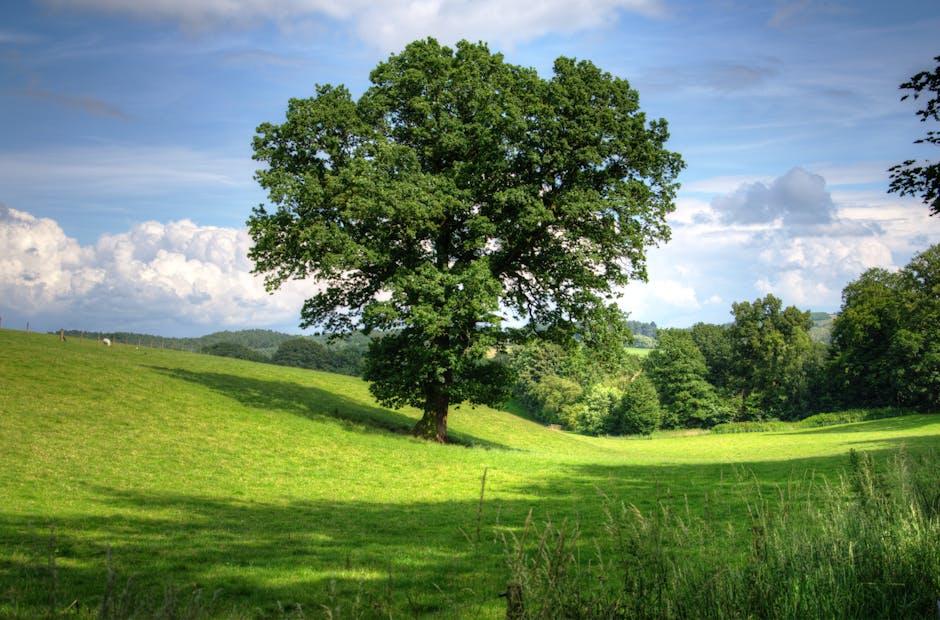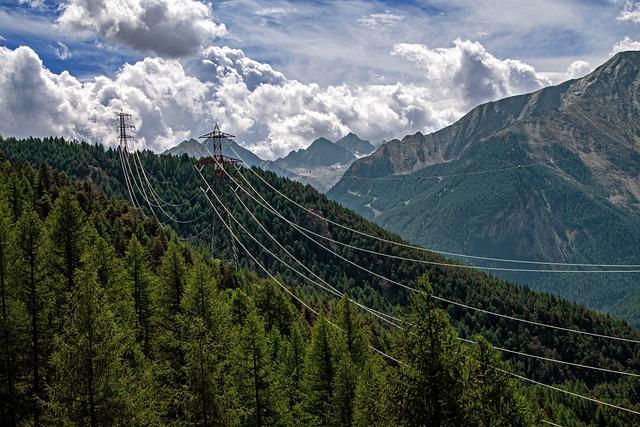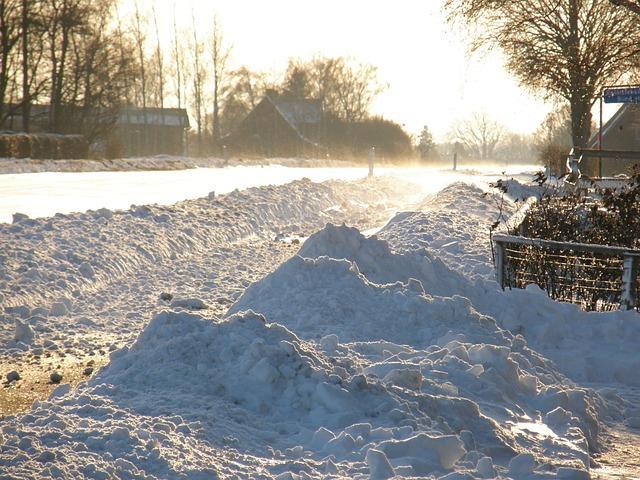Trees play a crucial role in space planning and architecture, shaping the environment in which we live and work. The significance of trees in these contexts goes beyond mere aesthetics; they serve as character-forming elements, living building materials, and framers of space. In urban settings, trees contribute to the urban form of cities, humanizing the environment and enhancing the overall design. From historic gardens to modern urban landscapes, the presence of trees has a profound impact on the spatial layout and architectural design. Researchers have delved into the importance of trees in these fields, proposing innovative frameworks for incorporating trees into buildings and urban designs[1][2][3]. Through a detailed exploration of the relationship between trees, space planning, and architecture, this article aims to shed light on the critical role that trees play in shaping our built environment.
– Trees play a crucial role in space planning and architecture, contributing to the aesthetics and sustainability of urban design projects. They not only enhance the visual appeal of a space but also provide numerous environmental benefits that are imperative for creating sustainable and livable environments.
– When incorporating trees into architectural projects, it is essential to consider their impact on the surroundings and maximize their benefits. By selecting the right tree species based on factors like climate suitability and functional design considerations, architects and designers can ensure optimal shade benefits, improved air quality, and reduced urban heat island effect.
– To effectively integrate trees into urban design, best practices for selecting and caring for trees must be followed. This includes proper maintenance to support healthy growth, regular pruning to maintain shape and structure, and strategic placement to optimize their environmental impact. By prioritizing the selection and care of trees in architectural projects, designers can create sustainable, aesthetically pleasing spaces that benefit both the environment and the community.
Q&A
Q: How can trees be incorporated into architecture to enhance space planning?
A: Trees can be incorporated into architecture in various ways to enhance space planning and create a connection to nature. Here are some extraordinary ways to utilize trees in architecture:
1. Creating tree-lined indoor/outdoor transitional spaces: By incorporating trees into the design of transitional spaces, architects can blur the boundaries between indoor and outdoor environments, providing a seamless connection to nature[1].
2. Using tree bark as a design element: Tree bark can be used in architecture to wrap structures, creating a unique and striking visual effect that brings natural elements into the built environment[1].
Q: What is the relationship between architecture and trees in space planning?
A: The relationship between architecture and trees in space planning is deep and natural. Trees are considered part of the infrastructure of a property and have value similar to other improvements. By recognizing trees as infrastructure and considering their long-term needs, architects can create designs that incorporate trees seamlessly into the built environment[3].
Q: How does nature play a role in architectural design?
A: Nature plays a significant role in architectural design by providing inspiration, materials, and a connection to the environment. Incorporating natural elements like trees into architecture helps create harmonious spaces that promote well-being and sustainability[2].
Conclusion
In conclusion, the integration of trees in space planning and architecture plays a crucial role in shaping urban environments and enhancing the quality of life for inhabitants. Trees act as living building materials that not only beautify the surroundings but also provide numerous environmental benefits such as shade, temperature regulation, air purification, and noise reduction. It is essential for designers and architects to carefully consider factors like soil volume, tree type, root systems, and wind loading when incorporating trees into their designs to ensure their long-term health and viability. By strategically planting trees in built environments where they are most needed, we can create sustainable, resilient, and livable spaces that promote human well-being and environmental sustainability[1][2][3].
Simpsons Tree Services, Servicing Melbourne’s North Eastern Suburbs
Book a quote online at www.simpsonstrees.com.au




